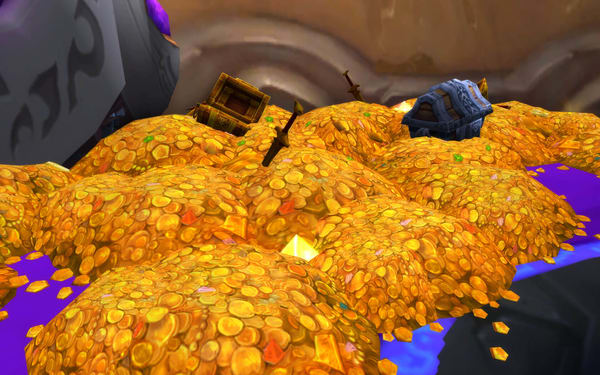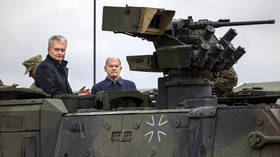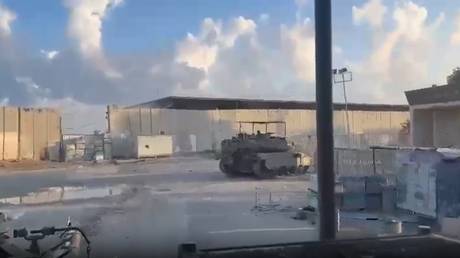Video Game Money Worth Seven Times More than Venezuelan Currency
by Peter Schiff, Schiff Gold:
 In August 2015, a photo of a man using a 2 bolivar note as a napkin went viral. It vividly illustrated how rampant inflation had devalued the Venezuelan currency to the point of near worthlessness.
In August 2015, a photo of a man using a 2 bolivar note as a napkin went viral. It vividly illustrated how rampant inflation had devalued the Venezuelan currency to the point of near worthlessness.
Fast forward two-and-a-half years and things haven’t gotten any better for Venezuelans. In fact, they’ve gotten significantly worse. Today, Venezuelans are better off holding video game money than bolivars. According to an article published by Fortune, World of Warcraft tokens are seven times more valuable than Venezuelan currency.
Venezuela’s real-world currency–the bolivar–long ago fell below the value of the fake gold in Azeroth, the mythical setting of World of Warcraft (WoW). What’s remarkable is how much more valuable that virtual currency has become. To put things in perspective, last August, WoW‘s virtual gold was worth just under twice as much as the bolivar. Today, it’s worth nearly seven times as much–and possibly a lot more than that if you consider the black market value.”
When the photo went viral, the man’s 2-bolivar napkin was worth about 32 cents US based on the official exchange rate. Today, the makeshift food wrapper would be worth .000020 cents.
Keep in mind, the official exchange rate doesn’t represent real life. Dollars are worth even more on the black market. And most Venezuelans depend on barter on the black market to get by.
But for the sake of argument, we’ll stick with the official exchange rate. As I write this article, $1 will buy you 69,912.50 bolivars. To put the rate of inflation into perspective, when Chris Morris wrote his article for Fortune (published two days ago), the rate was $1 for 68,915 bolivars.
So, how does the bolivar compare to World of Warcraft tokens? Here’s how Morris did the math.
Compare that to the price of WoW tokens, official in-game credits that can be used to extend a player’s play time or buy in-game items. Tokens can be bought with either $20 real world cash or sold for a fluctuating amount of in-game gold. One tracking service lists the current gold price of a token as 203,035 pieces. That works out to about 10,152 gold gaming pieces per USD. By those calculations, World of Warcraft virtual gold would be worth 6.8 times as much as the bolivar.”
Remember I mentioned the black market? Well, if we consider the underground exchange rate, it will cost you about 636,771 bolivars to get $1 US. That makes WoW tokens 62 times more valuable than the Venezuelan currency.
One could argue comparing a currency to a video game token really isn’t fair. It’s not like you can’t take World of Warcraft virtual gold into a store and buy bread. Then again, you can’t take bolivars into a store and buy bread either. Shelves are empty as the country has been racked by shortages.
And you can actually trade your in-game-currency for real-world dollars. There is a market for WoW gold – a better market than there is for bolivars. That certainly tells you something about the Venezuelan currency.
Venezuela’s inflation is a good cautionary tale. It’s a story whose moral puts most of the blame on bad monetary policies, currency depreciation, and regulation of the free market. In 2013, the government depreciated its currency to a third of the original value in order to lower export costs and strengthen domestic business. In turn, increased taxes were supposed to help the Venezuelan government narrow its budget shortfall.
By making imports more expensive, the government succeeded in motivating consumers to buy domestic products. However, it also ensured the country was exporting more and importing less, which reduced the supply of products to buy while simultaneously increasing the quantity of money consumers had to purchase them. Currency devaluation may appear to protected domestic businesses, which feel less pressure to compete, but it also increases material costs, with the net result being reduced production. As the supply of goods falls while the supply of currency to bid for them rises, prices have nowhere to go but up.



